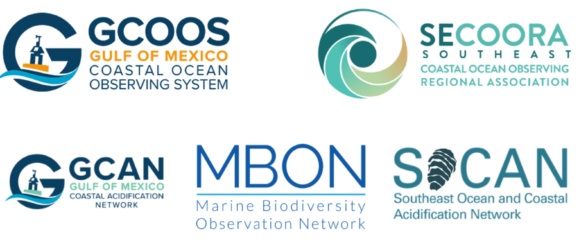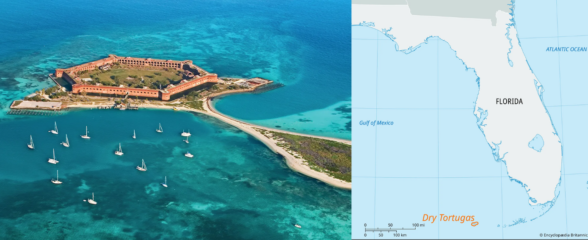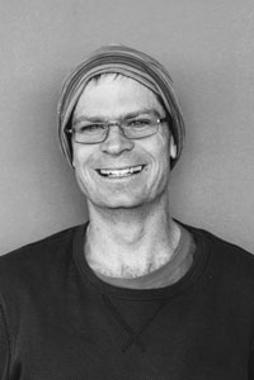Join SECOORA for a webinar titled “Making the Data Work for You” on March 23 at noon ET presented by Lauren Showalter and Brian Stone from Axiom Data Science. The team will discuss how the SECOORA data system is using data to meet the needs of users and how to make the data work for you.
Click here to reserve your spot for the webinar on March 23 at noon ET.
Abstract
Finding and using data is an important skill for understanding the world around you. Through the SECOORA data system users can discover, access, and analyze data from the Southeast to answer questions about a variety of topics. The SECOORA Data Portal allows users to:
- search and download real-time and historical data
- compare datasets from different stations
- generate and share custom data views
- access metadata for SECOORA stations
- access regional and sub-regional models (including coastal circulation, water quality and fisheries habitat models)
This webinar will highlight key features of the SECOORA Data Portal and the new Text-a-Buoy program. Axiom Data Science will showcase new Data Portal capabilities including:
- faster display of dense profiling data sets
- improved information on sensor and station pages
- faster chart loading
- ERDDAP data downloads which automatically incorporate time/depth dimensions
- ability to select time periods on charts.
Join us to learn how the SECOORA data system is using data to meet the needs of users and how to make the data work for you.
Click here to reserve your spot for the webinar on March 23 at noon ET.
Meet the Presenters
Lauren Showalter
Project Manager
Lauren has a Master’s in Marine Science from the University of Alabama and has worked in the data management space since the Deepwater Horizon oil spill in the Gulf of Mexico in 2010. She uses her background in marine ecology and management to improve availability and access to research data. She has managed the development of a large scale data repository and interdisciplinary data programs focused on the Gulf of Mexico region and ranging in topics from oceanography to community resilience. Lauren is passionate about helping people see that good data management is not difficult and can benefit their careers and science as a whole. Outside of the office Lauren enjoys taking her dogs to the brewery, knitting, riding her bike around D.C., and playing board games with her husband.
Brian Stone
Senior Software Engineer
Brian Stone has a Bachelor of Arts in Art Studio from Colorado College in Colorado Springs. He’s developed web-based applications since 2004 and specializes in web design and usability concepts. Prior to his work at Axiom, Brian was the primary web administrator for the Anchorage Daily News and Alaska.com, and he created a variety of interactive maps and graphics to supplement newsroom stories. At Axiom, he creates cross-platform, web-based spatial planning applications that allow users to interactively explore multiple large scientific data sets across time, space and depth.
Related news

GCOOS - SECOORA Joint Webinar Series: Building Synergy Across the US MBON & Ocean Acidification Networks
The GCOOS - SECOORA Webinar Series aims to strengthen collaborations across the Marine Biodiversity Observation Network (MBON) and regional Ocean Acidification Networks (GCAN and SOCAN).

New High Frequency Radar at the Dry Tortugas National Park Improves Ocean Surface Current Measurements Across the Straits of Florida
A new CODAR Low-Power SeaSonde HFR has been deployed by the University of South Florida at Fort Jefferson on Garden Key to measure surface currents to improve understanding and prediction of the Gulf of Mexico Loop Current.

President Biden Proposes Significant Budget Cuts to IOOS for 2025
President Biden’s recent 2025 budget proposal slashed the funding allocated for the Integrated Ocean Observing System (IOOS) by 76%, which would effectively shut down coastal and ocean observing efforts.


